$84.97 Original price was: $84.97.$59.48Current price is: $59.48.
SKU: D2LSC 136321716 Categories: Aronia, Berry Plants Chokeberry, FRUIT TREES & PLANTS
- Quality that lasts, prices that don't.
- Experience the difference quality makes.
- Satisfaction Guaranteed
- 100% High Quality Guarantee

Black Chokeberry
Aronia melanocarpa
Other Names: Black Berried Aronia
Plant Details
USDA Plant Hardiness Zones: 3a-8b Find Your Zone
Ripens: Spring
Pollinators: Self Fertile
Height at Maturity: 4-6′
Width at Maturity: 4-6′
Spacing: 4 feet for solid hedge; 8’+ for space between plants
Fruit Color: Black to Blackish-Purple
Fruit Flavor: Tart Apple, Dry Red Wine
Fruit Size: Small, .5″ (1/2 inch)
Sun Needs: Full Sun to Part Shade
Water Needs: Average to Low
Soil Type: Clay, Loam, Sandy, Silt – prefers organically rich soil
Drainage/Soil Moisture: Moist But Well Drained, tolerates occasionally dry or wet soils
Soil pH: 5.0 to 7.0 (6 to 6.5 is best)
Description
The Black Chokeberry, Aronia melanocarpa, is a wonderful and easy-to-grow North American native with both ornamental and edible qualities. It’s named for the abundant crop of black berries it produces in summer that persist through fall. Many plant it for the birds but people can eat the tart, wine-flavored berries too, fresh off the bush or in jellies and jams. But the fine attributes don’t stop with the berries. In spring, abundant clusters of pretty, 5-petaled, 1-inch flowers with white petals surrounding cute pink stamens will be appreciated by the butterflies and beneficial pollinators. Elliptic, 2 to 3 inch long glossy dark green leaves on a mounding shrub 4 to 6 feet tall and wide turn to shades or red and orange with the arrival of cool temperatures in the fall. A versatile plant, Back Chokeberry is excellent for naturalized settings but also tolerating urban settings and pollution well. It thrives in almost any native soil, tolerates cold temperatures down to -40F, loves sun or part shade, and tolerates wet soil and occasional dry periods. An attractive and significantly versatile shrub that can be used to solve difficult soil conditions. What more can we ask for in a flowering fruit bearing shrub?
NOTE: As with all of our other plants and trees, all of our fruit plants are grown in containers outdoors so they are fully rooted and landscape-ready upon arrival.
Landscape & Garden Uses
Growing 4 to 6 feet in height and equally as wide, the Black Chokeberry is ideal for use as an accent, in groupings or as a natural hedge along sunny to partially shaded woodland borders and other natural areas such as around streambanks and around ponds. With annual pruning done in late winter it forms a dense shrub suitable for landscape borders. A fine addition to the edible landscape, native gardens, fruit gardens, food gardens, rain gardens, butterfly gardens, pollinator gardens, cottage gardens, wildlife gardens and white or black theme gardens.
Growing Preferences
A highly adaptive shrub. Black Chokeberry grow best in an acidic, organically rich, moist but well-drained soil in full sun to part shade. It prefers a consistently moist soil but tolerates periodically dry soil. The more sun the better for best flower and berry production. To help retain moisture in the soil, it appreciates a 2-to-3-inch layer of compost or organic matter used as mulch. Prune plants or remove suckers at any time.
Helpful Articles
Click on the Planting & Care Advice tab for helpful Chokeberry growing tips from our experts.
Plant Long & Prosper!
Meet The Wilson Brothers & Staff
Questions? Contact Us!
Be the first to review “Black Chokeberry Bush (Aronia Melanocarpa ) – 3 Gallon Pot” Cancel reply
Related products
Sale!
FRUIT TREES & PLANTS
Sale!
FRUIT TREES & PLANTS
Sale!
Fig Trees
Sale!
FRUIT TREES & PLANTS
Sale!
FRUIT TREES & PLANTS
Sale!
FRUIT TREES & PLANTS
Sale!
FRUIT TREES & PLANTS
Sale!
FRUIT TREES & PLANTS


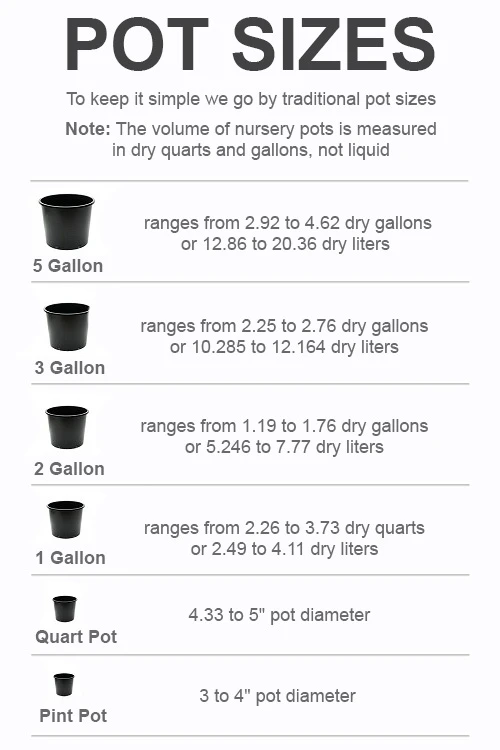
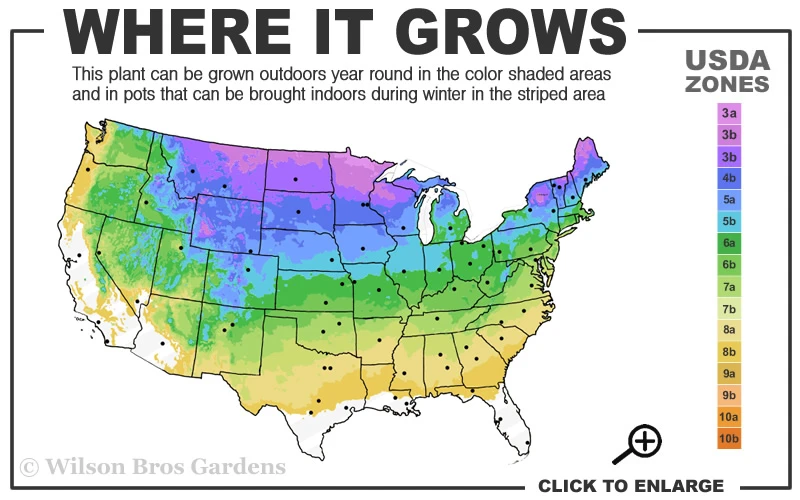
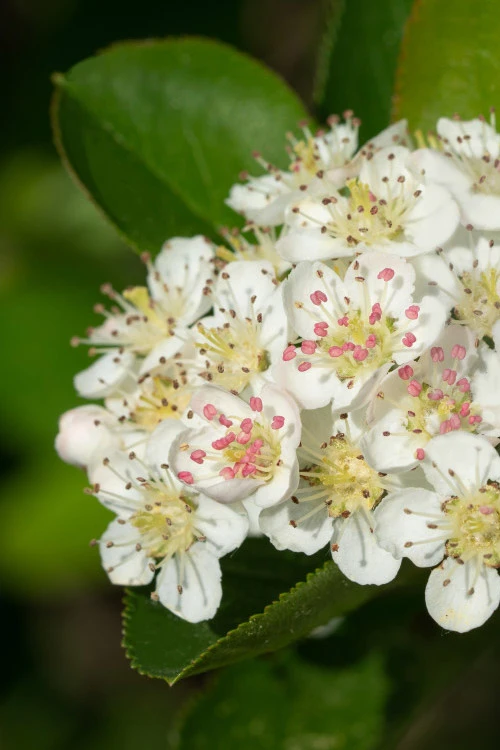
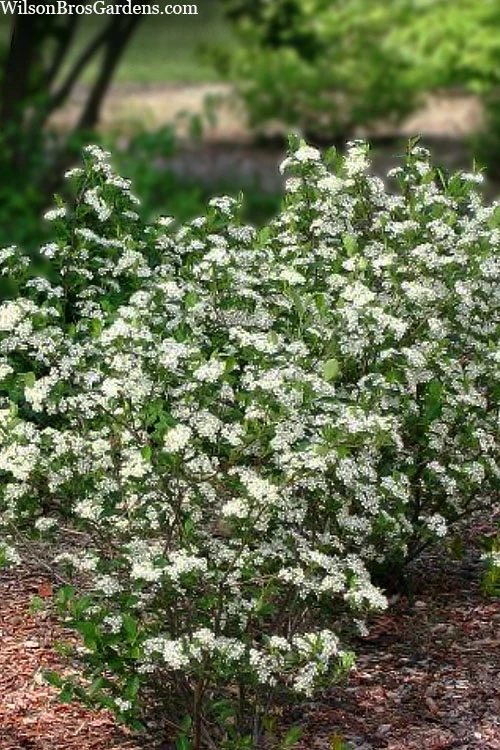
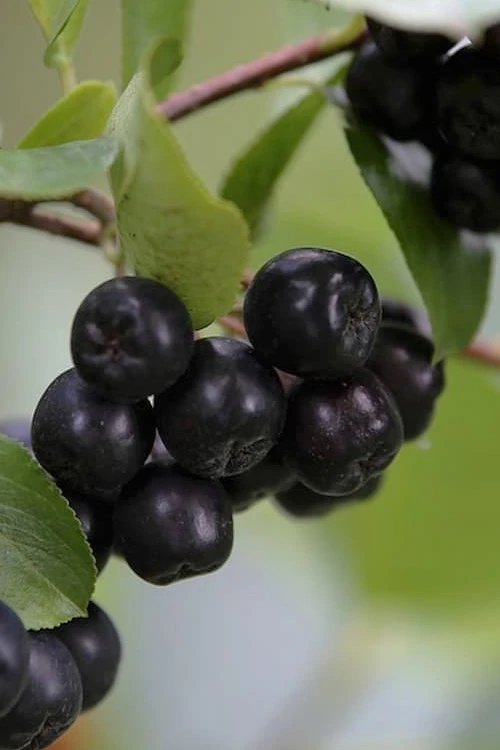

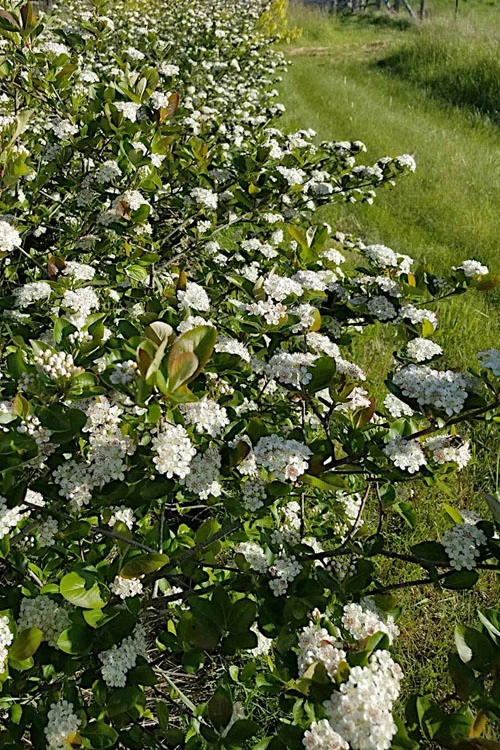

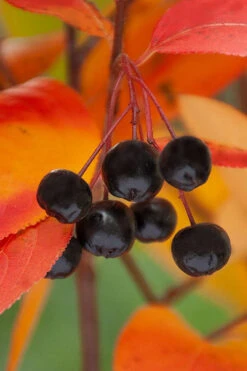
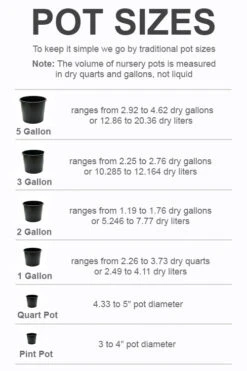
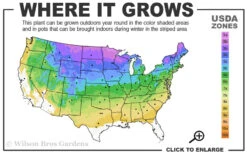
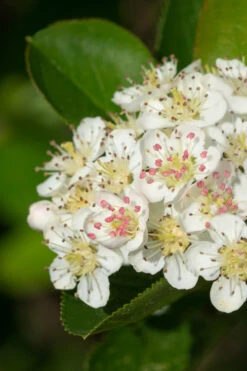
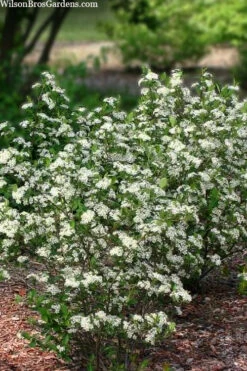

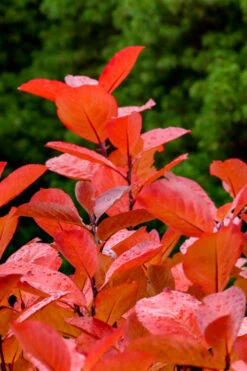



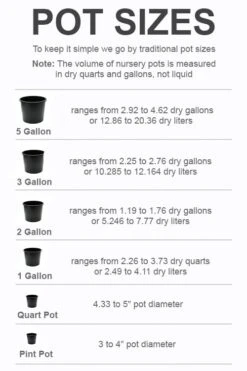
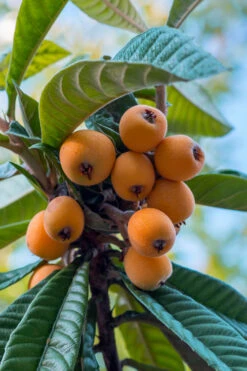





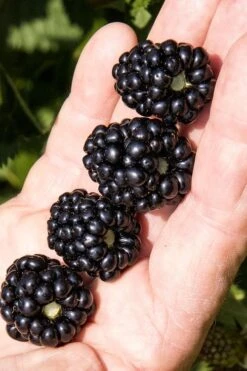
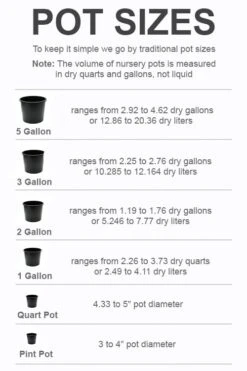
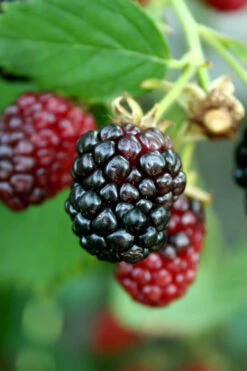
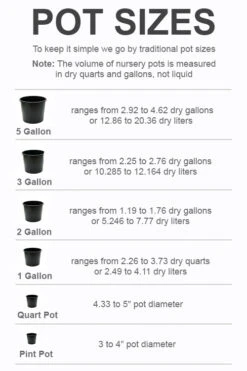
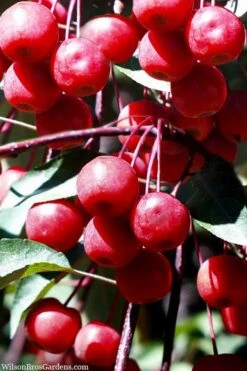
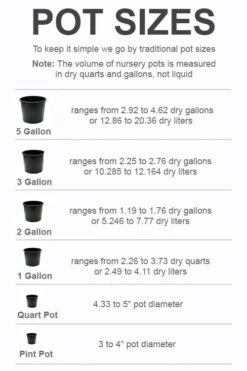


Reviews
There are no reviews yet.